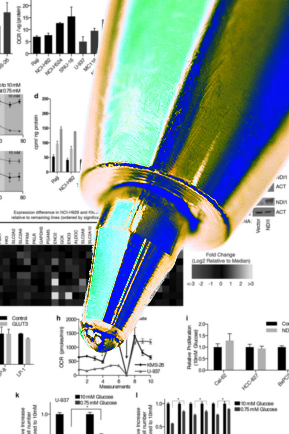High-tech inks coming
 Researchers have created specialised inks that can be used to passively control temperature in everyday environments.
Researchers have created specialised inks that can be used to passively control temperature in everyday environments.
World-first ‘phase change inks’ that could transform how buildings, homes and cars are heated and cooled, with enormous potential to help reduce energy use and global greenhouse gas emissions.
New research documents proof-of-concept ‘phase change inks’ that use nanotechnology to control temperature by adjusting the amount of radiation that can pass through them, based on the surrounding environment.
Lead researcher Dr Mohammad Taha says these inks could be used to develop coatings to achieve passive heating and cooling, reducing the need to rely on energy creation to regulate temperatures.
“Humans use a lot of energy to create and maintain comfortable environments - heating and cooling our buildings, homes, cars and even our bodies,” Dr Taha said.
“We can no longer only focus on energy generation from renewable resources to reduce our environmental impact. We also need to consider reducing our energy consumption as part of our proposed energy solutions, as the impacts of climate change become a reality.
“By engineering our inks to respond to their surroundings, we not only reduce the energy expenditure, but we also remove the need for auxiliary control systems to control temperatures, which is an additional energy waste.”
Passive climate control would enable comfortable living conditions without expending energy unnecessarily.
For example, to provide comfortable heating in winter, the inks applied on a building façade could automatically transform to allow greater sun radiation to pass through during the day, and greater insulation to keep warmth in at night. In summer, they could transform to form a barrier to block heat radiation from the sun and the surrounding environment.
The versatile ‘phase change inks’ are a proof-of-concept that can be laminated, sprayed or added to paints and building materials.
They could also be incorporated into clothing, regulating body temperature in extreme environments, or in the creation of large-scale, flexible and wearable electronic devices like bendable circuits, cameras and detectors, and gas and temperature sensors.
“Our research removes the previous restrictions on applying these inks on a large scale cheaply,” Dr Taha says.
“It means existing structures and building materials can be retrofitted. With manufacturing interest, the inks could reach market in five to 10 years.”
Dr Taha said the next step will involve taking the research, patented by the University of Melbourne, to production.
More details are accessible here.







 Print
Print